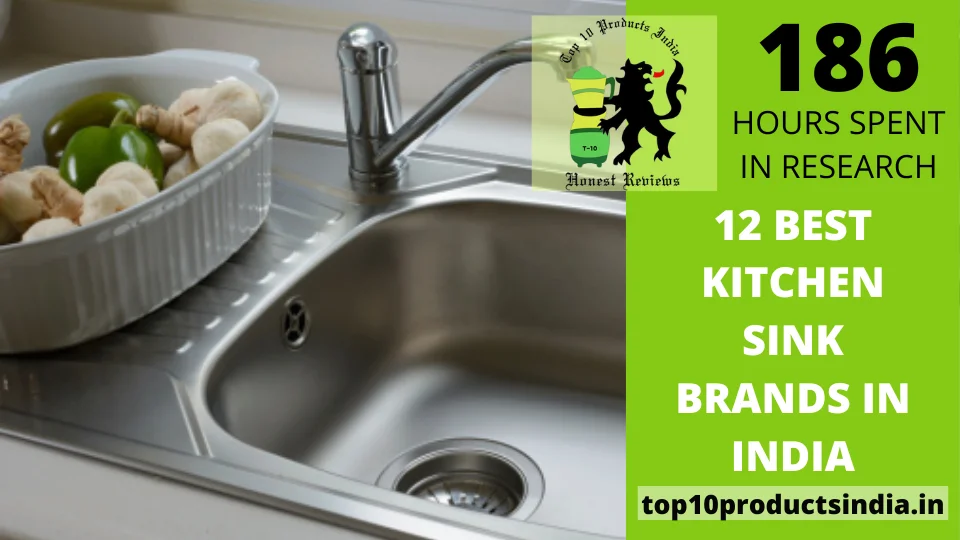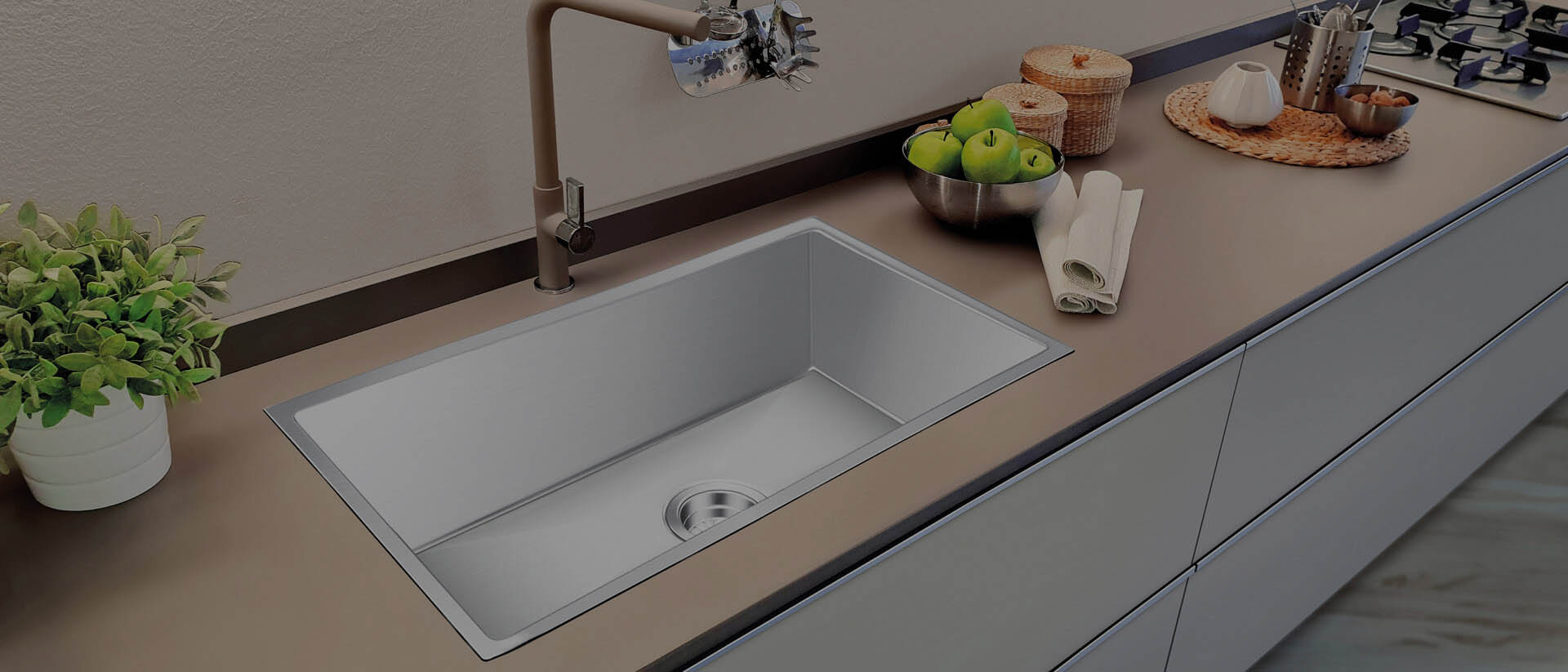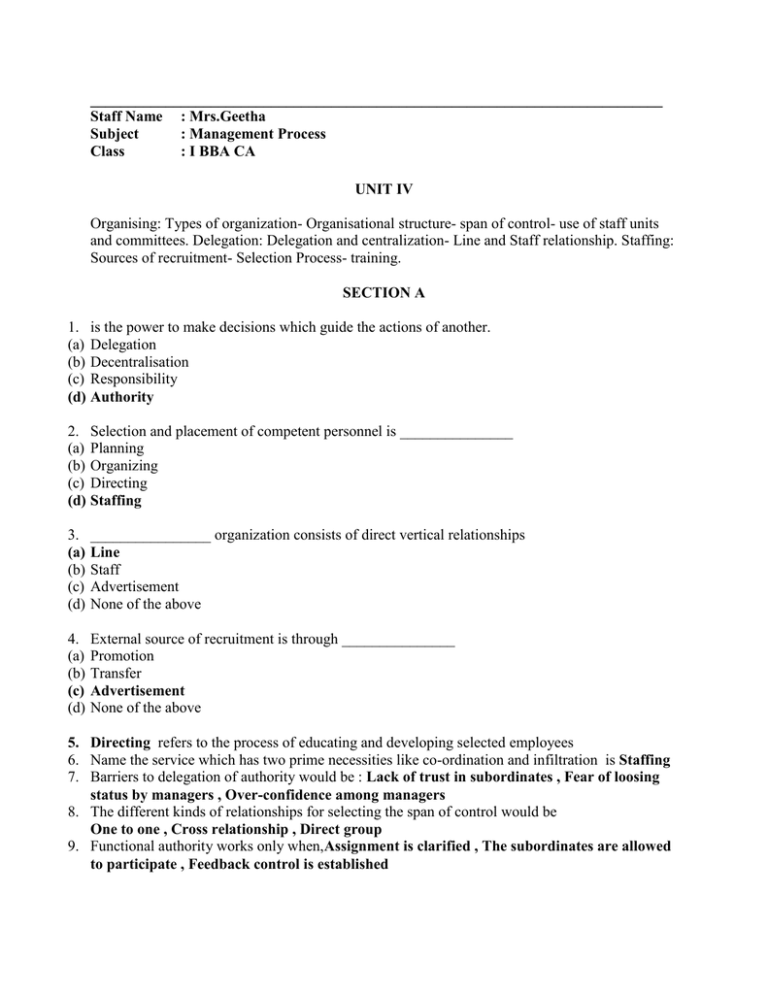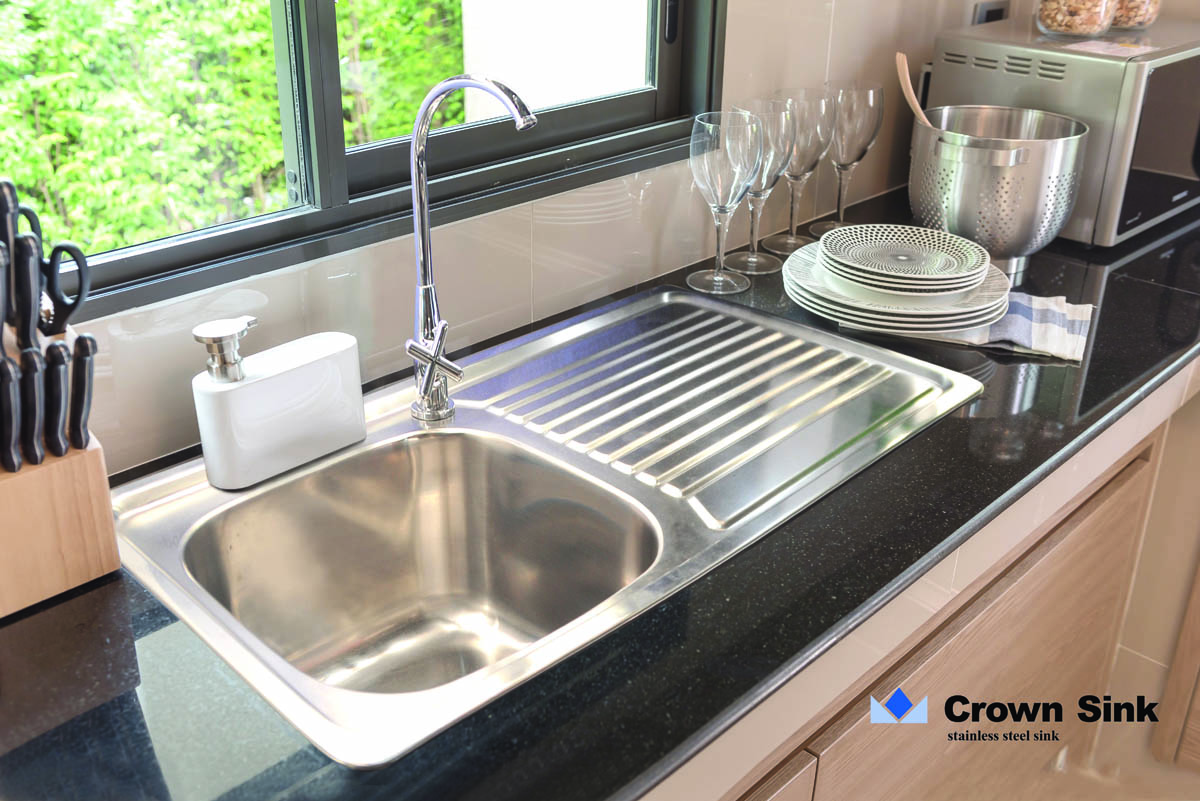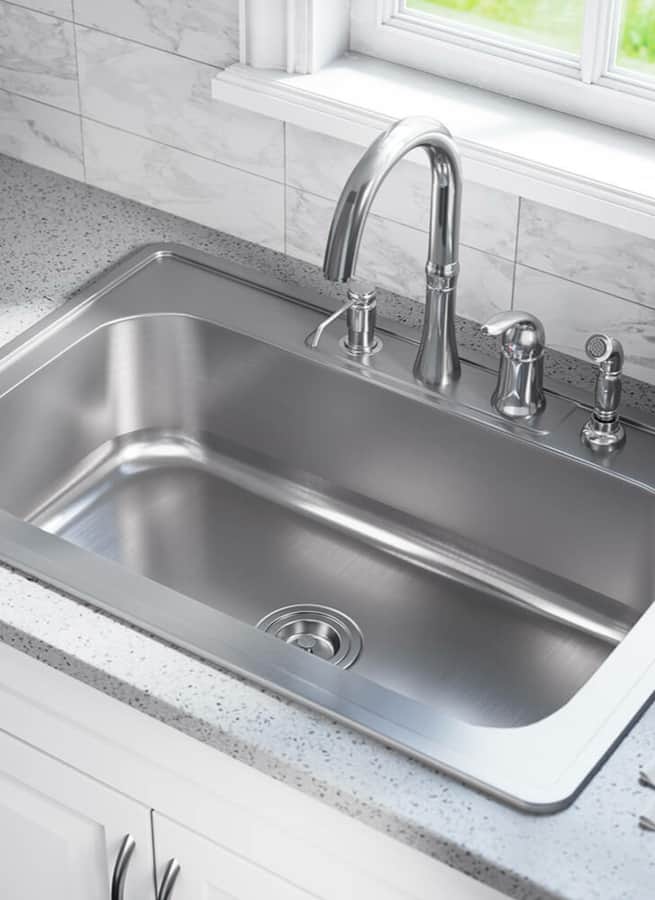If you're in the market for a new kitchen sink, you may be overwhelmed by the sheer number of options available. One important factor to consider is the size and capacity of the sink. After all, the sink is one of the most frequently used features in the kitchen, so it's important to choose one that suits your needs. In this article, we'll take a look at the top 10 main capacities of kitchen sinks in liters to help you make an informed decision.Standard Kitchen Sink Sizes and Capacities
Before we dive into the capacities, it's important to know how to measure the size of a kitchen sink. To do this, you'll need a measuring tape. Start by measuring the length and width of the sink from the outer edges. Then, measure the depth of the sink from the bottom to the top of the rim. Once you have these measurements, you can calculate the capacity of the sink by multiplying the length, width, and depth and converting it to liters.How to Measure the Size of a Kitchen Sink
On average, a kitchen sink can hold anywhere from 15 to 40 liters of water. However, the exact capacity will vary depending on the size and style of the sink. For example, a standard single-bowl sink may hold around 25 liters, while a large double-bowl sink can hold up to 40 liters. It's important to consider your daily water usage and the size of your household when choosing a sink with the appropriate capacity.How Many Liters of Water Can a Kitchen Sink Hold?
As mentioned earlier, the average capacity of a kitchen sink is around 25 liters. However, this can vary greatly depending on the size and shape of the sink. For example, a deep, rectangular sink may have a larger capacity than a shallow, round sink. Additionally, some sinks may have extra features such as built-in strainers or cutting boards that can affect their overall capacity.What is the Average Capacity of a Kitchen Sink?
If you want to calculate the exact capacity of a kitchen sink, you can use a simple formula. First, measure the length, width, and depth of the sink in centimeters. Then, multiply these numbers together and divide by 1,000 to get the capacity in liters. For example, a sink that is 50 cm long, 40 cm wide, and 20 cm deep would have a capacity of 40 liters (50 x 40 x 20 = 40,000 / 1,000 = 40).How to Calculate the Capacity of a Kitchen Sink
When it comes to choosing a kitchen sink with a high capacity, there are many reputable brands to choose from. Some of the top brands known for their durable and spacious sinks include Kohler, Blanco, Moen, Elkay, Delta, Franke, Kraus, Vigo, Ruvati, and Houzer. These brands offer a variety of sizes and styles to suit any kitchen and all have high customer satisfaction ratings.Top 10 Kitchen Sink Brands with High Capacity
If you find that your current kitchen sink is not meeting your capacity needs, there are a few ways to increase its capacity without having to replace it entirely. One option is to install a sink with a larger bowl or a deeper basin. Another option is to add a secondary sink, such as a bar sink or a prep sink, which can help alleviate some of the workload on the main sink.How to Increase the Capacity of Your Kitchen Sink
When it comes to the capacity of a kitchen sink, there are several factors that can affect it. These include the size and shape of the sink, the material it is made of, and any additional features it may have. For example, a stainless steel sink may have a slightly larger capacity than a porcelain sink due to its thinner walls. Additionally, a sink with a built-in garbage disposal may have a slightly smaller capacity due to the added mechanism taking up space.Factors Affecting the Capacity of a Kitchen Sink
Choosing the right size and capacity for your kitchen sink ultimately depends on your personal needs and preferences. Consider how many people will be using the sink and how often. If you do a lot of cooking and cleaning, a larger, deeper sink may be more suitable. If you have a small kitchen, a smaller sink may be a better fit. It's also important to consider the overall layout and design of your kitchen to ensure the sink fits seamlessly into the space.How to Choose the Right Size and Capacity for Your Kitchen Sink
To ensure your kitchen sink maintains its capacity and functionality, there are a few simple maintenance tips to keep in mind. Regularly clean and remove any debris from the sink to prevent clogging and buildup. Avoid pouring grease or oils down the drain, as they can solidify and cause blockages. And if your sink has a garbage disposal, be sure to run it regularly to prevent food particles from building up and reducing the sink's capacity.Tips for Maintaining the Capacity of Your Kitchen Sink
The Importance of Choosing the Right Capacity for Your Kitchen Sink
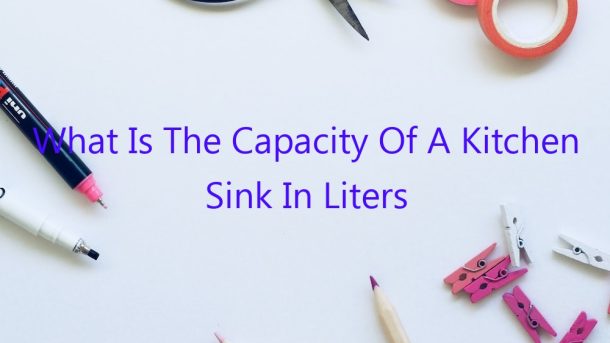
Why Kitchen Sink Capacity Matters
 When designing a kitchen, the sink is often one of the most overlooked elements. However, choosing the right capacity for your kitchen sink is crucial for both practical and aesthetic reasons. The capacity of a kitchen sink refers to the volume of water it can hold, typically measured in liters. This is an essential consideration as it affects the functionality and overall feel of your kitchen.
Kitchen sinks are a central component of any kitchen,
and the amount of space they take up can significantly impact the overall design and layout. Choosing a sink with the right capacity ensures that it fits seamlessly into your kitchen and meets your needs. A sink that is too small for your household's needs can lead to frequent clogs and overflow, while a sink that is too large can take up valuable counter space.
When designing a kitchen, the sink is often one of the most overlooked elements. However, choosing the right capacity for your kitchen sink is crucial for both practical and aesthetic reasons. The capacity of a kitchen sink refers to the volume of water it can hold, typically measured in liters. This is an essential consideration as it affects the functionality and overall feel of your kitchen.
Kitchen sinks are a central component of any kitchen,
and the amount of space they take up can significantly impact the overall design and layout. Choosing a sink with the right capacity ensures that it fits seamlessly into your kitchen and meets your needs. A sink that is too small for your household's needs can lead to frequent clogs and overflow, while a sink that is too large can take up valuable counter space.
Factors to Consider
 When determining the right capacity for your kitchen sink, there are several factors to consider. These include the size of your household, your cooking and cleaning habits, and the size of your kitchen. For larger households or those who frequently cook and entertain, a larger sink with a higher capacity may be necessary.
On the other hand, smaller households or those with limited kitchen space may benefit from a smaller, more compact sink.
Another consideration is the depth of the sink. A deeper sink can hold more water and accommodate larger dishes, but it may also require more bending and reaching. On the other hand, a shallower sink may be more comfortable to use, but it may not have the capacity to handle larger items.
When determining the right capacity for your kitchen sink, there are several factors to consider. These include the size of your household, your cooking and cleaning habits, and the size of your kitchen. For larger households or those who frequently cook and entertain, a larger sink with a higher capacity may be necessary.
On the other hand, smaller households or those with limited kitchen space may benefit from a smaller, more compact sink.
Another consideration is the depth of the sink. A deeper sink can hold more water and accommodate larger dishes, but it may also require more bending and reaching. On the other hand, a shallower sink may be more comfortable to use, but it may not have the capacity to handle larger items.
The Benefits of Choosing the Right Capacity
 Choosing the right capacity for your kitchen sink can bring several benefits. First and foremost, it ensures that the sink meets your household's needs, reducing the risk of clogs and overflow. It also allows for more efficient and comfortable use, whether you are washing dishes or preparing food. Additionally, a sink with the correct capacity can enhance the overall look and feel of your kitchen.
A well-proportioned sink adds balance and harmony to the design, making your kitchen more visually appealing.
In conclusion, the capacity of your kitchen sink is an important consideration when designing your kitchen. Take the time to assess your household's needs and consider the size and layout of your kitchen to determine the right capacity for your sink.
By choosing the right sink capacity, you can ensure a functional and visually pleasing kitchen for years to come.
Choosing the right capacity for your kitchen sink can bring several benefits. First and foremost, it ensures that the sink meets your household's needs, reducing the risk of clogs and overflow. It also allows for more efficient and comfortable use, whether you are washing dishes or preparing food. Additionally, a sink with the correct capacity can enhance the overall look and feel of your kitchen.
A well-proportioned sink adds balance and harmony to the design, making your kitchen more visually appealing.
In conclusion, the capacity of your kitchen sink is an important consideration when designing your kitchen. Take the time to assess your household's needs and consider the size and layout of your kitchen to determine the right capacity for your sink.
By choosing the right sink capacity, you can ensure a functional and visually pleasing kitchen for years to come.







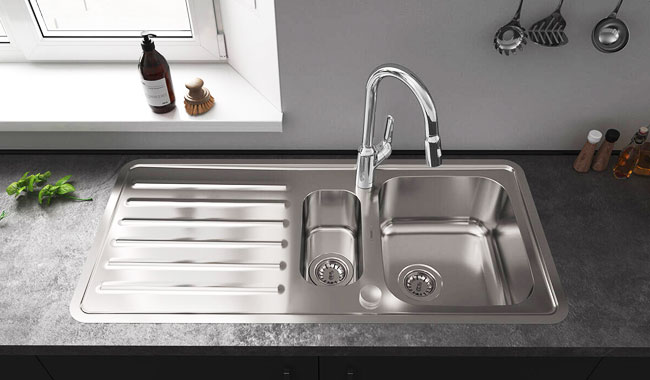



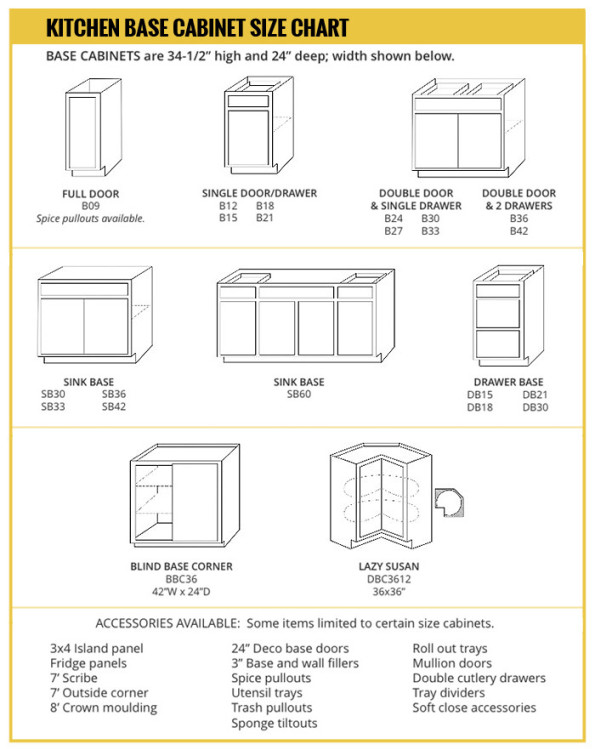

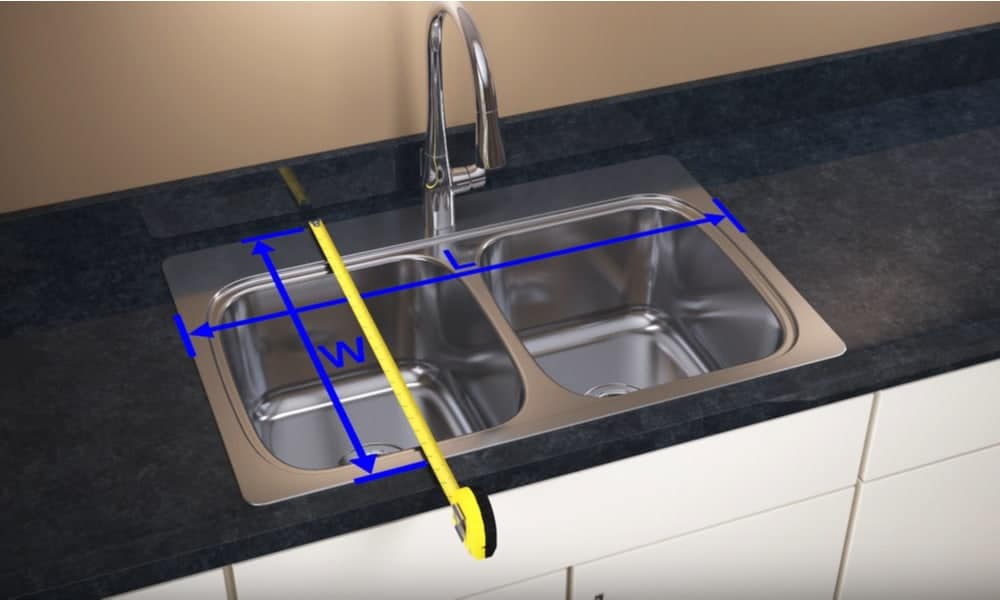


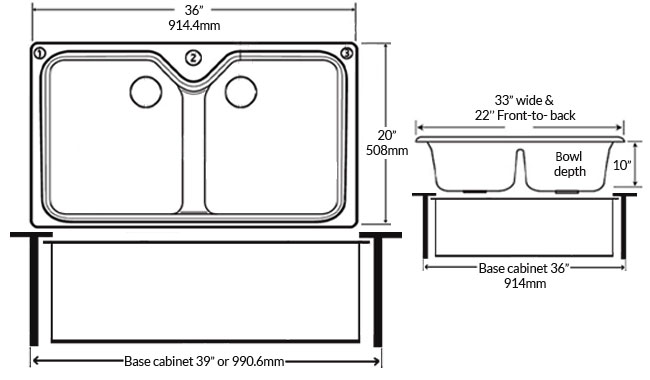




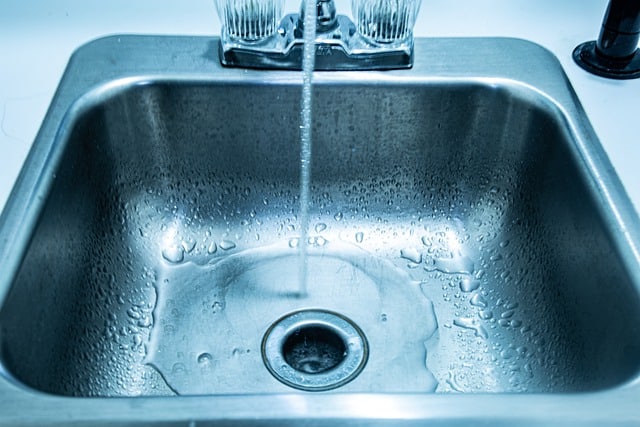

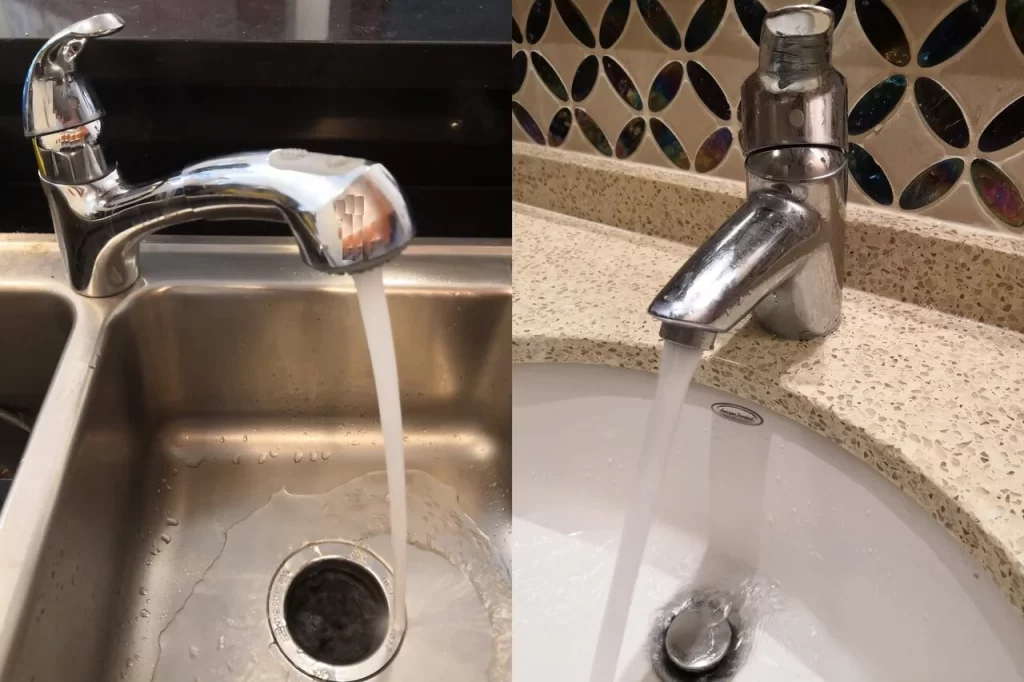
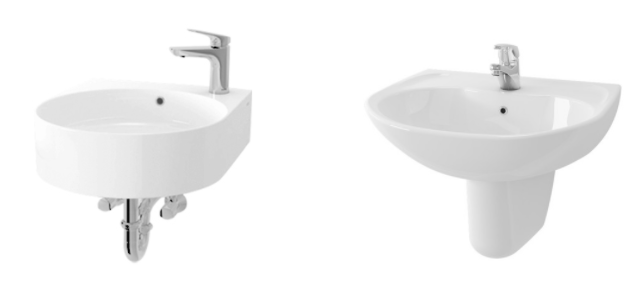






















:max_bytes(150000):strip_icc()/GettyImages-169941530-5a85d1ae6bf06900372bffd0.jpg)





